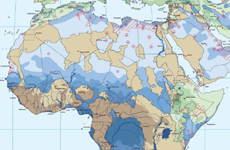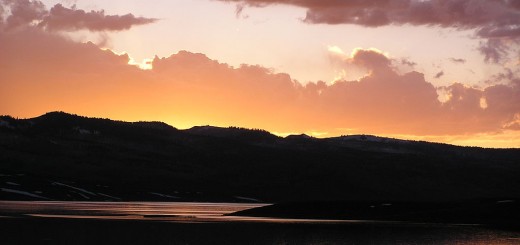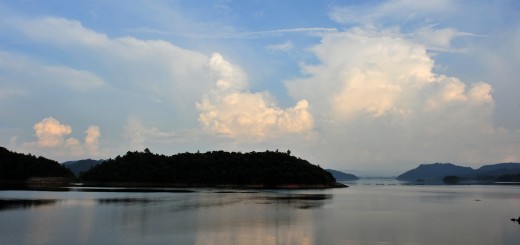Tennessee Caves Hold World’s Second Largest Underground Lake
2Craighead Caverns, an extensive system of caves in Sweetwater, Tenn., is home to the world’s second largest underground lake. The subterranean water body is the largest known in the United States and dubbed “The Lost Sea.”
The moniker helps boost its value as a tourist attraction, which is the lake’s primary function. But the tagline also adds to the mystery and helps tell the story of how it was discovered.

The Lost Sea, an underground lake located in Sweetwater, Tenn. that is the world’s second largest. (Credit: Cameron Cech via The Lost Sea Adventure Facebook page)
As the story goes:
“…it was not actually discovered until 1905. In that year, a 13-year-old boy named Ben Sands wiggled through the tiny, muddy opening 300 feet underground and found himself in a huge room half filled with water. The room was so large that his light was swallowed up by the darkness long before reaching the far wall or the ceiling.”
Sands wanted to know how far the water went, so he threw mud balls in every direction. But, even throwing them as far as he could, he heard nothing but splashes.
Not much scientific exploration has taken place since that time, but there were diving operations in the system. As one explorer described:

A “cave flower” formation known as an anthodite. (Credit: Joseph Van Riper via Creative Commons)
“We had no way of knowing what depths we would encounter, but we all suspected that the depths would be in excess of 100 feet very shortly after beginning the exploration. We were correct. The underwater section of the cave angled down just as sharply as the dry cave did.”
In that expedition, which lasted nearly two years and added about 1500 feet of known length to just one of the lake’s many passages, divers found anthodites underwater. Also known as “cave flowers,” these formations don’t occur in water.
The water was fairly clear on entrance, but diminished due to falling silt caused by air bubbles the diving team released. As larger and larger bits of sediment fell, the diving expedition came to an end. One diver described just clearing a car-size rock that almost pinned him down.
The Lost Sea’s water temperature is a stable 54 degrees. Above water, its visual extent is 800 feet long and 220 feet wide. Below, its full extent remains unknown. Its water has been stocked with rainbow trout, though fishing is not permitted.














[…] weren’t the first to make good use of the caves – early settlers took advantage of the cave’s regular temperature of 54 degrees, using it […]
[…] of the cave by the Cherokees."Though the lake has been widely visited since the early 1900s, Lake Scientist reports, there has been very little research or scientific exploration into the waters. Though one […]